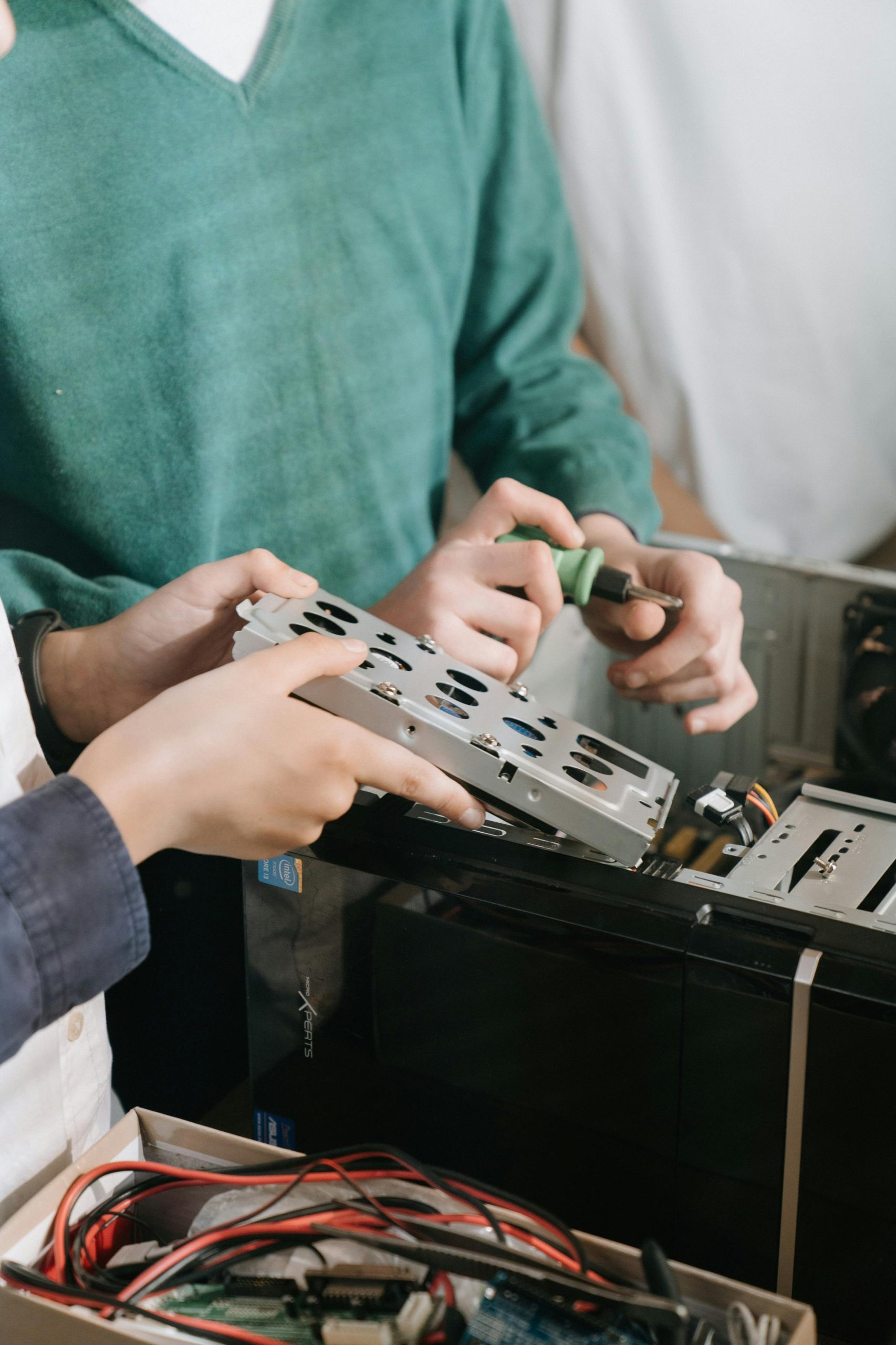Understanding Sudden Frame Rate Drops: Troubleshooting Your Gaming Experience
Introduction
Experiencing unexpected lag and frame rate issues can be frustrating, especially when your gaming setup has previously performed reliably. Recent symptoms such as significant frame drops at game startup, lag even in lighter titles like Roblox and The Binding of Isaac, and unexplained system slowdowns warrant a systematic approach to troubleshooting. This article aims to provide insights into potential causes and practical steps to diagnose and resolve throttling issues with your PC setup.
Assessing the Situation
Recently, your LG monitor and Hacom CPU, which worked well last year, began exhibiting performance drops. Unlike before, games experience substantial lag right from launch, affecting even less demanding titles. Despite multiple troubleshooting attempts—including adjusting hardware configurations, disabling unnecessary Windows services, turning off visual animations, switching network connections, restarting the system via both soft and hard resets, and power cycling—the problem persists.
Potential Causes and Considerations
-
System Uptime and Heat Build-Up
Continuous operation for extended periods can lead to thermal buildup, causing system components such as the CPU and circuits to throttle performance to prevent overheating. Your observation that the system’s maximum uptime rarely exceeds 20 hours suggests possible thermal or power-related throttling issues. -
Hardware Degradation or Damage
Over time, components may degrade or suffer from damage, especially if the PC has been left on constantly without proper thermal management. Concerns about circuits and CPUs “burning out” are valid, but typically, hardware failures manifest through crashes or errors rather than just performance degradation. -
Software and Background Processes
Resource-intensive processes or malware, such as those associated with botnets or malicious scripts, can consume significant system resources. The mention of potential threats from cracked software or pirated copies might increase vulnerability to malware, which can impact performance. -
Storage and System Health
Fragmented drives, outdated drivers, or corrupted system files can also contribute to system slowdown. Ensuring that your operating system and device drivers are up-to-date is essential.
Recommended Troubleshooting Steps
-
Monitor System Temperatures
Use hardware monitoring tools (like HWMonitor or Speccy) to check CPU and GPU temperatures during gaming sessions. If temperatures exceed recommended thresholds, cleaning fans, replacing thermal paste, or improving ventilation may be necessary. -
Run Malware Scans
Conduct comprehensive scans using reputable antivirus or anti-malware software to rule out malicious
Share this content:



